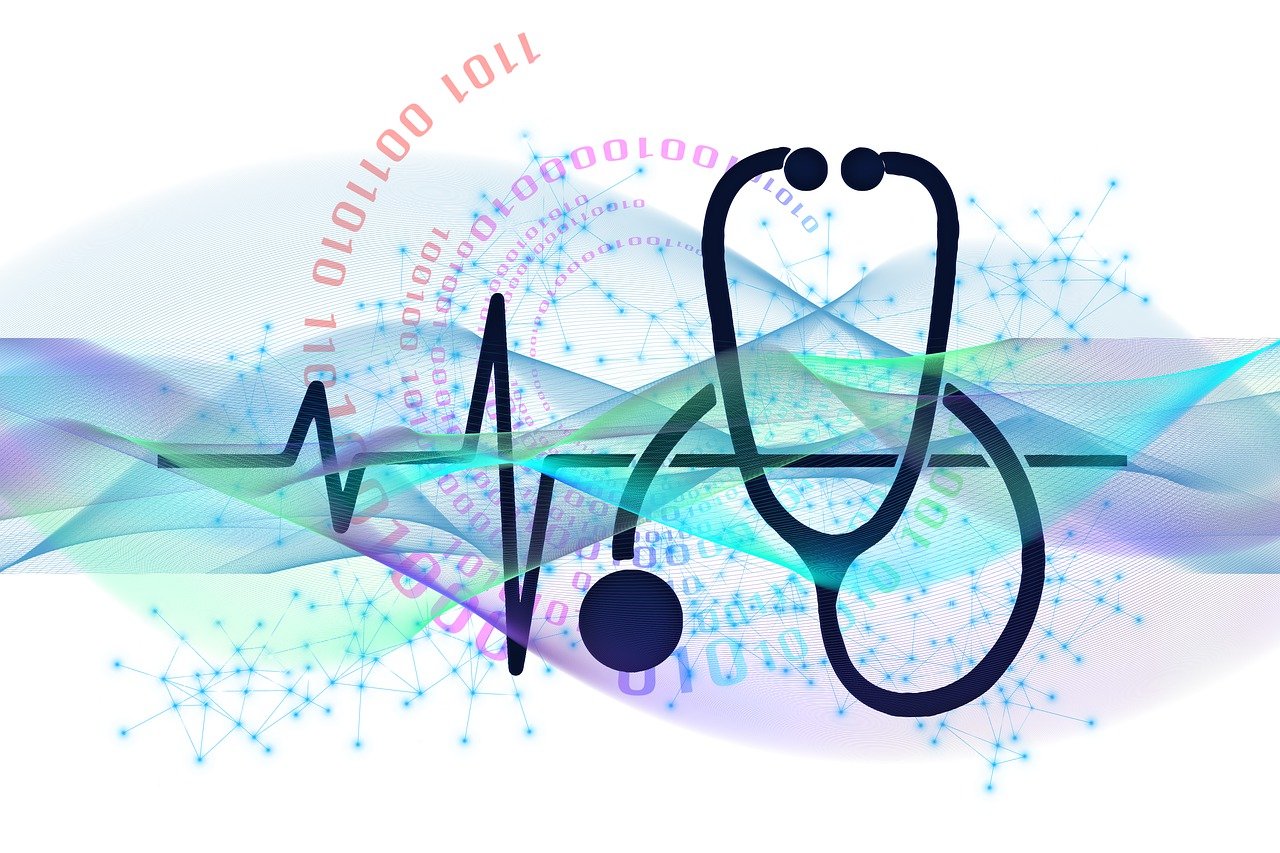
As healthcare technology continues to evolve at breakneck speed, medical professionals are witnessing unprecedented changes in how they deliver patient care. From AI-powered diagnostics to virtual reality training simulations, the intersection of healthcare and technology is creating new opportunities and challenges for nursing professionals.
Here's how emerging technologies are transforming nursing practice and what it means for the future of healthcare delivery.
The Evolution of Modern Nursing Practice
Today's nursing landscape bears little resemblance to its historical counterpart. While the fundamental aspects of patient care remain unchanged, the tools and methods used to deliver that care have undergone a dramatic transformation.
With numerous places registered nurses can work expanding beyond traditional hospital settings, the integration of technology has become crucial in maintaining high standards of care across diverse healthcare environments. From remote patient monitoring to electronic health records (EHRs), nurses are increasingly relying on digital solutions to enhance their clinical decision-making and streamline workflow processes.
This digital transformation has particularly impacted specialized nursing roles, such as nurse informaticists and telehealth nurses, who bridge the gap between traditional nursing practice and emerging healthcare technologies.
Artificial Intelligence: The New Nursing Assistant
The implementation of AI in nursing practice has revolutionized patient care delivery in ways previously thought impossible. Machine learning algorithms now assist nurses in:
- Predicting patient deterioration before visible symptoms appear
- Automating routine documentation tasks
- Identifying potential medication interactions
- Optimizing staffing schedules based on patient acuity
These AI-powered systems are particularly valuable in high-stress environments like intensive care units, where they can process vast amounts of patient data in real-time. By analyzing patterns across multiple parameters, including vital signs, laboratory results and medication responses, AI helps nurses make more informed decisions while reducing the cognitive burden of constant monitoring.
Smart Technology in Patient Monitoring
Wearable devices and IoT sensors have transformed how nurses track patient vital signs and movement patterns. These technologies provide:
- Continuous real-time monitoring without manual intervention
- Early warning systems for potential complications
- Reduced alarm fatigue through smart filtering
- Enhanced mobility for patients while maintaining surveillance
The integration of these smart monitoring systems has revolutionized fall prevention protocols and post-operative care. Advanced algorithms can now detect subtle changes in gait patterns or sleep disturbances that might indicate deteriorating conditions. This predictive capability allows healthcare teams to intervene proactively, potentially preventing adverse events before they occur.
Virtual Reality in Nursing Education
The adoption of VR technology in nursing education has created immersive learning experiences that better prepare students for real-world scenarios. Benefits include:
- Risk-free practice of complex procedures
- Simulation of rare medical conditions
- Enhanced understanding of anatomy and physiology
- Development of critical thinking skills in high-pressure situations
Recent studies have shown that VR-trained nursing students demonstrate higher confidence levels and improved procedural accuracy compared to traditional learning methods. The technology's ability to replicate diverse patient scenarios, including high-risk situations and rare conditions, provides invaluable experience without risking patient safety. This innovative approach has become particularly crucial during pandemic-related restrictions on clinical placements.
Telehealth: Expanding the Reach of Nursing Care
The rapid expansion of telehealth services has redefined the boundaries of nursing practice. Remote care delivery now enables:
- Virtual triage and assessment
- Remote patient monitoring
- Digital health coaching
- Improved access to care in rural areas
The COVID-19 pandemic has accelerated telehealth adoption, with many healthcare organizations reporting a 2000% increase in virtual visits since 2019. This shift has particularly benefited chronic disease management and mental health services, where regular check-ins are crucial. Nurses have adapted their communication skills to deliver empathetic care through digital platforms, proving that meaningful patient connections can transcend physical boundaries.
Cybersecurity Challenges in Digital Nursing
As healthcare becomes increasingly digitized, protecting patient data has become paramount. Nurses must now:
- Maintain HIPAA compliance in digital communications
- Understand cybersecurity protocols
- Protect against ransomware attacks
- Ensure secure access to patient information
Healthcare organizations face an average of 1,410 cyberattacks per week, with each data breach costing approximately $9.23 million in the United States. This growing threat landscape requires nurses to become proficient in cybersecurity best practices. Many institutions now mandate regular security training and have implemented multi-factor authentication systems to protect sensitive patient information across all digital platforms.
The Future of Nursing Technology
Looking ahead, emerging technologies promise even more revolutionary changes:
- Quantum computing for complex medical calculations
- Advanced robotics for patient care assistance
- Genomic-based personalized treatment plans
- Augmented reality for vein visualization
These technological advances are not just changing how nurses work; they're transforming the entire healthcare ecosystem. As we move forward, the successful integration of these tools will depend on proper training, adaptability and a commitment to maintaining the human element in patient care.
The key to maximizing these technological advances lies in striking the right balance between digital efficiency and compassionate care. As healthcare continues to evolve, nurses must embrace these changes while ensuring that the fundamental aspects of patient care remain at the forefront of their practice.